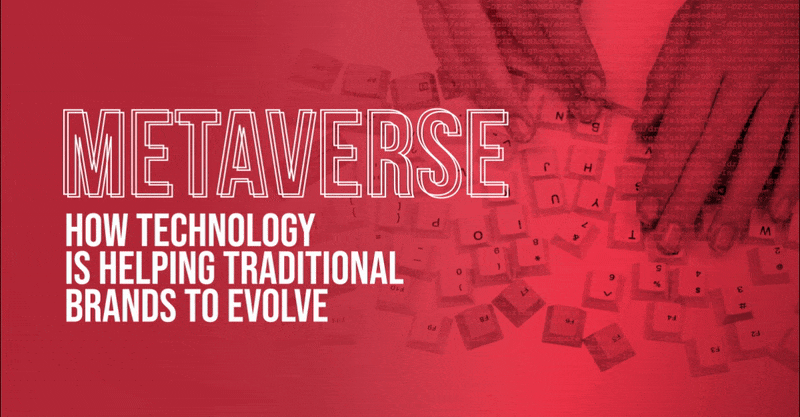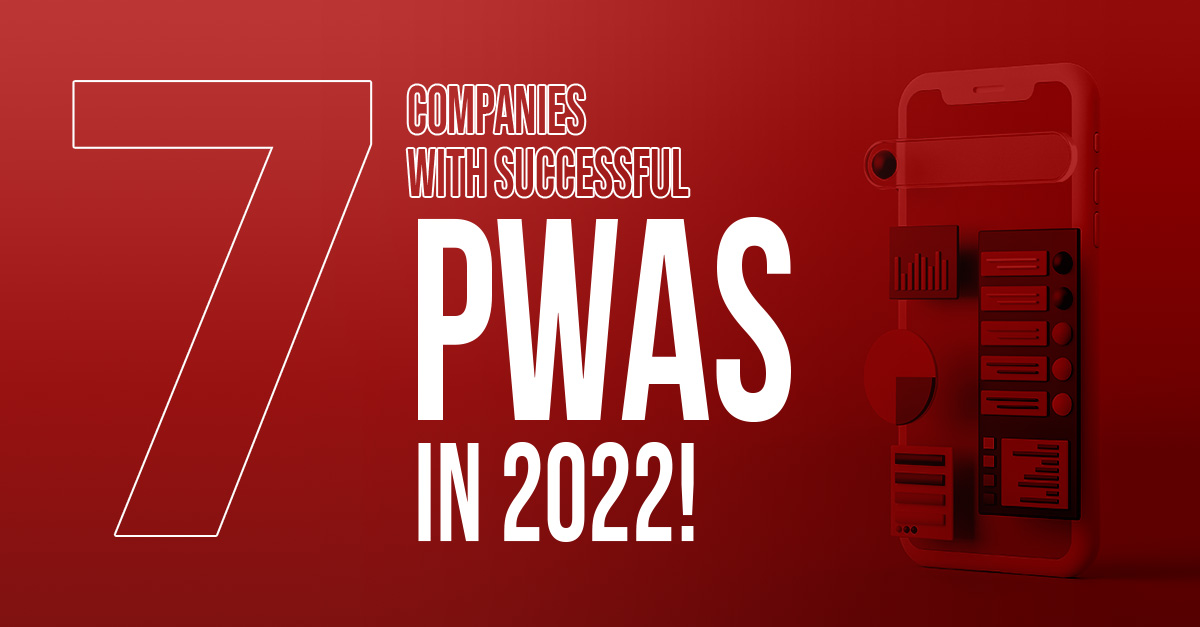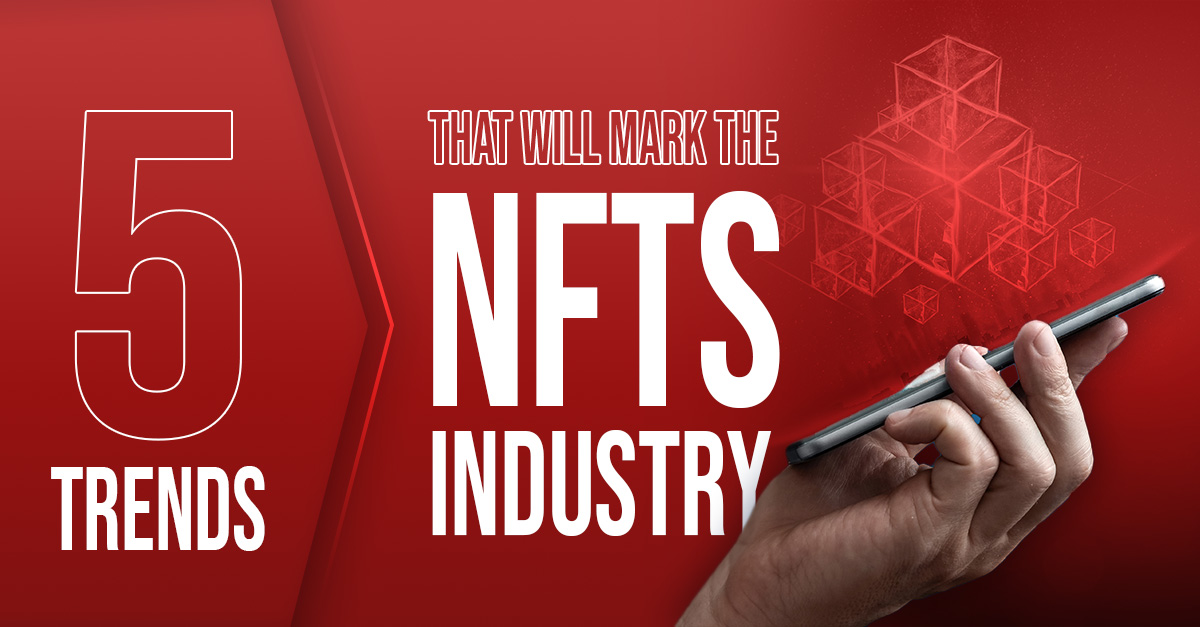Every industry has evolved due to the rise of technology, including marketing. Resisting change, even for short periods of time, has caused major corporations to fall behind their competition. Some never recover. You only have to look at Blockbuster, Kodak, Blackberry, or Sears to know that embracing new technology is essential for any business’ survival.
Recently, this need to adapt has manifested in some bizarre ways. Multimillion-dollar companies are releasing branded NFTs and hypothetical video game consoles. The strange juxtaposition between these old-school brands and trendy technology is intriguing – nothing about it feels natural. So, why are traditional brands working so hard to implement technology in their marketing?
While many of these brands have survived decades of change, some through world wars or economic depressions, they can’t be too careful. A technological revolution could be the thing to end decades of market supremacy. Through the strange creativity of their marketing teams, these publicity stunts are aimed at somehow closing the gap between traditional brands and modern technology. Here’s our favorite examples of traditional companies embracing new technology and marketing with the metaverse.
The console wars are 𝒐𝒗𝒆𝒓.
— KFC Gaming (@kfcgaming) December 22, 2020
Introducing the KFConsole. #PowerYourHunger pic.twitter.com/k7AM6g61Ip
Kentucky Fried Chicken & the KFConsole
Kentucky Fried Chicken started as a small mom and pop restaurant inside a gas station. Founded in 1952, KFC has grown to be the second largest restaurant chain in the world. In December 2022, Twitter users went wild after KFC announced their newest project – the KFConsole.
The concept is simple. The KFConsole is just like any other video game console – with a twist. There’s a built-in warming drawer, perfect for storing your fried chicken while you focus on beating a particularly hard level. It’s a genius pairing, a match made in heaven! It’s so simple, it’s almost like a joke you wish you had come up with at a party.
This tweet came out just a month after the release dates of the PS5 and Xbox Series X. Clearly, this tweet was meant to capitalize on the fanfare surrounding the new consoles. The KFConsole was always meant to be a publicity stunt – a purely hypothetical, outrageous social media post to generate retweets. However, the hype surrounding the console has been enormous. Even now, 18 months later, the gaming community is up in arms. They. Want. Their. KFConsoles.
It’s insane. KFC might have to expand into the video game industry. What would that mean for the future of the company? And will we ever be able to eat our still-warm fried chicken while replaying Red Dead Redemption 2?

NIVEA & Their Free NFT
NIVEA is one of the world’s leading skin and body-care brands, most famous for their NIVEA Creme. Founded in 1882, the brand’s signature blue and white tin can be found in households all over the world. While the brand is a well-known classic, NIVEA hardly symbolizes innovation – their signature formula has barely changed in the hundred years since it was first released.
And yet, the brand can’t afford to fall behind. The beauty industry is booming, and younger, cooler brands are drawing attention elsewhere. In comes NIVEA’s latest marketing stunt – a free NFT.
In 2021, NFTs (non-fungible token) burst into the mainstream culture. Cryptocurrency and NFTs became viable options to expand one’s personal portfolio. NIVEA released their own NFT, a work of art titled “Value of Touch.” The NFT was available for only a short time but showcased a new side of NIVEA and demonstrated dedication to their charitable causes.
While an NFT of the “Value of Touch” is roughly worth 0.0016 ETH (or 2.98 USD) at the current moment, the true value lies in the company’s ability to use this new technology in a way that aligns with their brand messaging.

Coca-Cola & the Coca-Cola Byte
Since it was founded in 1892, Coca-Cola has grown to be one of the most well-known brands in the world. The company dominates the beverage market but is always looking to grow and expand its offerings. Aside from its original formula, Coca-Cola produces a wide variety of beverages. One of its newest flavors is a little harder to comprehend than Diet Coke or Cherry Vanilla – Coca-Cola Byte, a “pixel-flavored” soda, was released this May to a confused (but intrigued!) market.
What does Coca-Cola think a pixel tastes like? Apparently, it tastes like grapes. Instead of releasing a new grape-flavored soda, Coca-Cola is taking the popular route of appealing to a younger audience by aligning themselves with technology. To market the new flavor, they even partnered with the popular online video game, Fortnite. All three million of Fortnite’s daily players could hunt treasures and engage with mini-games on Pixel Point Island.
As strange as Zero Sugar Byte is, it’s the second drink Coca-Cola has released that embodies less traditional flavors. Coca-Cola Starlight, a “space-flavored” drink meant to capitalize on renewed interest in space travel, was released earlier this year. Coca-Cola is proving that they are not afraid to take risks and integrate new technology or ideas into their marketing efforts. In all probability, we’ll see many more strange flavors from Coca-Cola this year.
Does Adopting New Technology into Marketing Efforts Actually Work?
One part of the intrigue surrounding these publicity stunts is just how strange the juxtaposition is. What originally seemed like a wild idea weirdly works. The more brands can successfully associate themselves with technology, whether it is the metaverse or cryptocurrency, the less they seem stuck in the past.
But, their successful rebranding as modern companies walks a fine line. Taking any idea too seriously seems to result in a laughable attempt at seeming cool and current. Straying too far from original brand messaging or values just makes any attempt at integrating modern technology seem forced. Some of these not-too-serious approaches seem to be the most effective at improving a brand’s image. Not only are they connecting themselves to tech, but they are also actively participating in modern internet humor.
Only time will tell if pushing the envelope and integrating innovative technology will be enough to keep these companies from going the way of the dinosaur. They might be able to survive a technological revolution, but there will always be new brands with new ideas, hungry to take their place.





